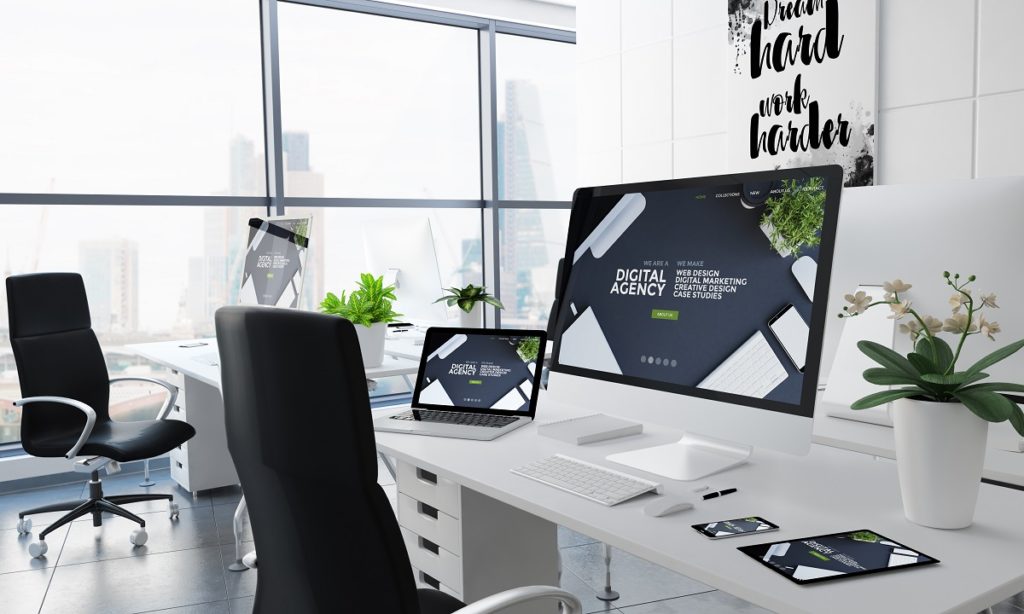Technological advancements are not only affecting the programs and software of businesses, but they’re enhancing hardware, too. From upgrading company computers and having the latest audio-visual equipment to installing monitors that show weekly project updates, organizations are using smart technology for nearly every process.
The Internet of Things
Thanks to the Internet of Things (IoT) or machine-to-machine (M2M) technology, your business can make the most out of smart technology. IoT is the extension of internet connectivity to devices and other hardware. Anything that has an off switch can be controlled and monitored via the internet. These devices can also send signals to each other so they can sync activities.
This innovation has the potential to change a lot of the way we do things. For instance, with IoT, you can link your coffee maker with your digital clock so that it will start brewing the minute your alarm goes off. Another example is if your car is IoT-enabled, it can access traffic updates and immediately recalculate the fastest route to your destination.
Although these examples still have a long way to go from being common, IoT-centered innovations are already underway, starting with fingerprint scanning on smartphones and location-based mobile services.
Smart Technology in the Workplace
In an organizational sense, IoT has a lot of advantages because it can tap a higher level of productivity and social interaction between coworkers. Making office hardware smarter can lead to more efficient work processes because it can cut down the time and effort it takes to perform tasks.
For example, by embedding artificial intelligence in devices, you can automate basic queries and tasks, reducing the workload of the staff. Data entry and analytics will also improve. Connected devices can automatically measure and track activity by using real-time data. Since it lessens the dependence on manual labor, it also minimizes the room for human error. This also enables workers to be more proactive with the data instead of spending time entering it.
Even traditional office furniture pieces are getting an upgrade. Smart furniture manufacturers have introduced a software system installed in desks that can monitor the activity of employees working at their stations. These smart desks track the number of hours an employee spends sitting, moving around, and doing actual work. This data can help pinpoint downtime trends and determine how a worker can be more efficient at work.
An analyst firm predicts that the smart furniture demand will grow by 22 percent within the next 10 years, with corporate offices comprising the majority of the market.
Wearable technology

Employees can also utilize wearable to technology to further increase productivity. In a survey done in a State of Workplace Productivity Report, 58 percent are willing to try wearable technology if it will help them do their job better, especially the millennials.
Apart from boosting employee productivity by 8.5 percent, wearable technology also helps them monitor their health. Personal wearables, like smartwatches, smart glasses, and exoskeletons, perform a variety of functions, from monitoring sleep and temperature to logging exercise and heart rates.
One major company that implements the use of wearable technology in the workplace is Audi. Factory employees wear a lightweight exoskeleton that connects to the hips and covers the upper body and thighs. Audi claims that workers using this technology experience 20 to 30 percent less back muscle strain, which may prevent workplace injuries.
Smart technology in the workplace has a lot of advantages, from boosting work productivity to taking better care of your employees. The Internet of Things is not about empowering things; it’s about empowering people so they can better manage the different aspects of their work lives.

